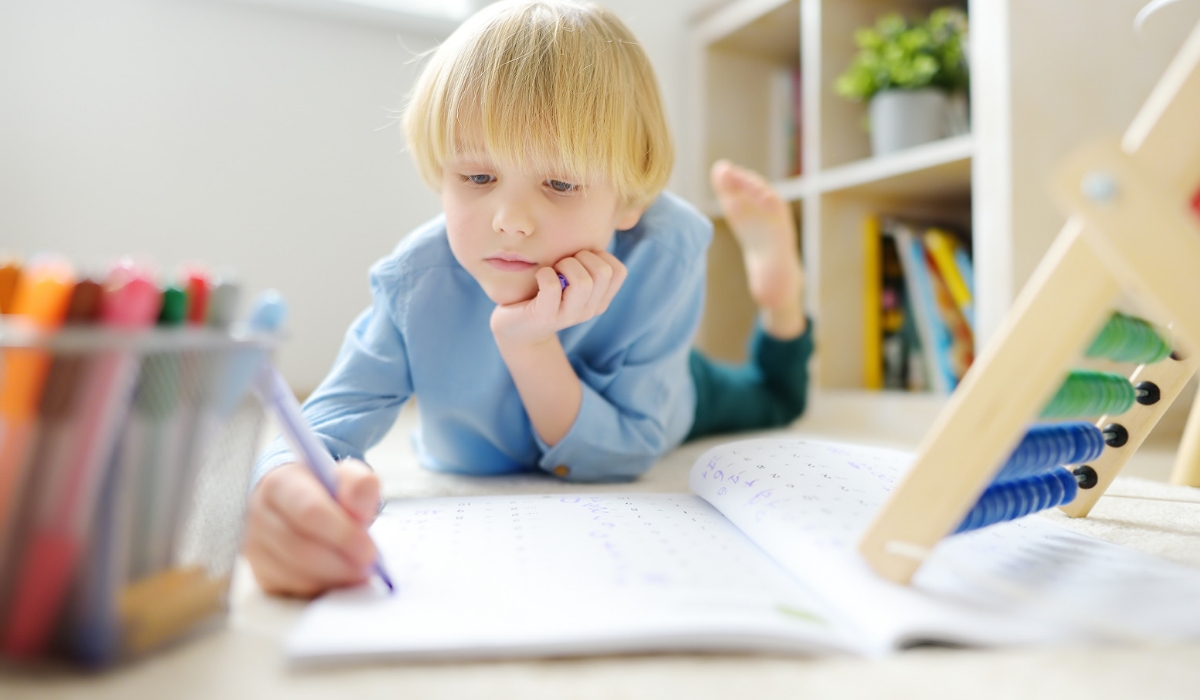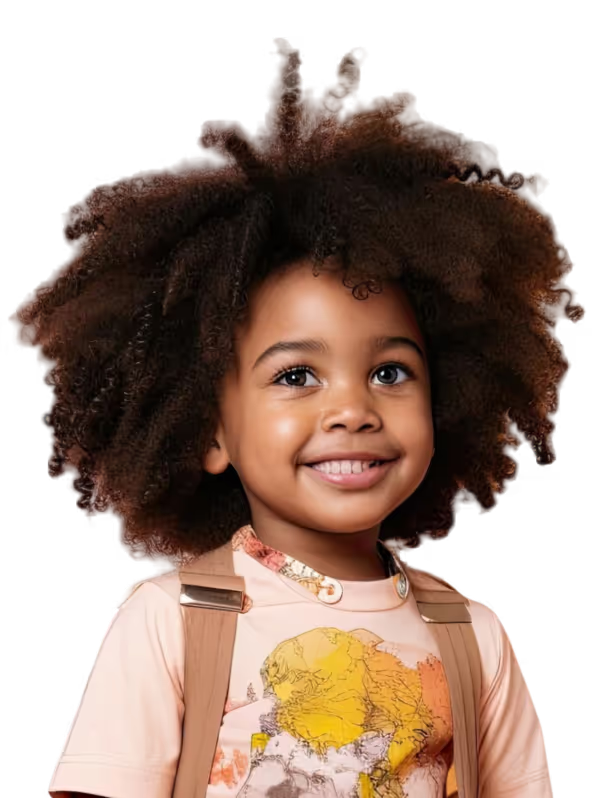The Difference Between Autism and Learning Disabilities

Key Points:
- Autism and learning disabilities can overlap, but they are not the same condition.
- Children with autism may or may not have a learning disability, and vice versa.
- Understanding the difference helps parents seek the most effective support, like ABA therapy, tailored to each child's unique needs.
Have you ever looked at your child and felt overwhelmed trying to untangle the complex threads of their behavior, communication, and learning needs? You’re not alone. Many parents find themselves wondering where autism ends and where a learning disability begins—or if their child is living with both. This is often the point where seeking an autism assessment becomes a crucial next step.
Are Autism and Learning Disabilities the Same Thing?
No, autism and learning disabilities are not the same, although they can occur together. In fact, some children are diagnosed with autism with learning disability, which means they experience challenges related to both conditions. Understanding how each condition manifests—and where they overlap—is key to getting the right kind of support for your child.
It’s easy to assume that a child who struggles with learning must have a learning disability, or that all children with autism also have one. But the reality is more nuanced. Autism is a developmental condition that primarily affects communication, social interaction, and behavior patterns. A learning disability, on the other hand, affects how a child processes specific types of information—such as language, reading, math, or motor coordination.
When a child has autism with learning disability, the two can interact in ways that amplify difficulties or mask certain strengths. As a parent, understanding these distinctions and connections is crucial to advocating for your child’s education and emotional well-being.
Understanding Autism: More Than Just a Diagnosis
Autism, or Autism Spectrum Disorder (ASD), is a neurodevelopmental condition. It’s called a “spectrum” because it affects each person differently and to varying degrees.
Children with autism may:
- Have difficulty with back-and-forth conversation
- Struggle with understanding social cues like facial expressions or tone of voice
- Engage in repetitive behaviors (like flapping hands or lining up toys)
- Have intense interests or sensory sensitivities
- Prefer routines and become upset by changes
It’s important to note that autism does not automatically impact a child’s intelligence. Many children on the spectrum have average or even above-average IQs. However, some do have co-occurring intellectual disabilities or specific learning challenges. This is where confusion often arises for parents.

What are Learning Disabilities?
Learning disabilities are neurological conditions that interfere with how a child receives, processes, or expresses information. They are not related to intelligence, laziness, or lack of motivation. A child with a learning disability may be trying just as hard as their peers, but they need different strategies to succeed.
Common types of learning disabilities include:
- Dyslexia: difficulty reading or interpreting words and letters
- Dyscalculia: difficulty with numbers and math concepts
- Dysgraphia: difficulty with writing, spelling, or fine motor skills
- Auditory Processing Disorder: trouble understanding spoken language
- Nonverbal Learning Disabilities (NVLD): struggles with spatial, motor, and social skills
A child may have one or more learning disabilities, and these may exist alongside autism or completely independently.
How Autism and Learning Disabilities Can Overlap
Some children are diagnosed with autism with learning disability, and their needs may be more complex. The combination can influence how a child interacts with their environment, how they learn, and how they express themselves.
Here are a few ways these two conditions can interact:
1. Social and Communication Challenges
While children with autism often struggle with social interaction, those with certain learning disabilities (like NVLD) may also misread social cues or have trouble with conversation. This can make it harder to determine whether a child has autism, a learning disability, or both.
2. Academic Struggles
If a child with autism also has dyslexia or dyscalculia, their learning challenges may be intensified. Teachers and parents might mistakenly attribute academic difficulties solely to autism when a separate learning disability needs to be addressed.
3. Behavioral Differences
Children with both autism and a learning disability may experience higher frustration levels. They might act out or withdraw, not out of defiance, but because the world feels confusing or overwhelming.
Signs Your Child Might Have Both Autism and a Learning Disability
As a parent, you know your child better than anyone. If you’re noticing some of these patterns, it may be worth discussing with a developmental specialist:
- They struggle to communicate or maintain conversation, and also have trouble reading or doing math.
- They enjoy structured routines but fall behind academically, even with support.
- They have average to high intelligence but can’t seem to keep up in certain school subjects.
- They get easily overwhelmed in class settings and seem emotionally distressed during homework or schoolwork.
Identifying autism with learning disability requires a comprehensive evaluation, typically involving psychologists, speech and occupational therapists, and educational specialists.
Why Diagnosis Matters: Tailoring Support for Your Child
Getting a clear diagnosis isn't about putting a label on your child—it’s about unlocking the right kind of help.
Children with autism and learning disabilities benefit from:
- Individualized Education Programs (IEPs) tailored to their specific learning needs
- Therapies such as speech therapy, occupational therapy, and especially ABA (Applied Behavior Analysis)
- Consistent routines at home and school
- Assistive technology, like text-to-speech software or math support tools
When you understand what your child is struggling with—and what their strengths are—you can make informed decisions that set them up for long-term success.
Supporting Families on the Journey
Parenting a child with autism, a learning disability, or both can be emotionally intense. It can feel isolating at times, but you’re far from alone. Thousands of families face similar challenges—and there are more resources now than ever to support you.
Here are a few ways to ease the journey:
- Connect with other parents through local or online support groups.
- Ask questions during evaluations or IEP meetings—don’t be afraid to speak up.
- Celebrate progress, no matter how small.
- Practice patience with yourself and your child—every day is a new opportunity to grow.
Ready to Help: Discover ABA Therapy in North Carolina
If your child has been diagnosed with autism with learning disability, or you're exploring how to support their development, ABA therapy can be a powerful tool. ABA, or Applied Behavior Analysis, focuses on understanding behavior and teaching meaningful skills in a structured, compassionate way.
Achieve Better ABA specializes in ABA therapy in North Carolina, supporting children with autism and their families through personalized programs. With experienced therapists and evidence-based methods, we focus on helping your child communicate more effectively, build independence, and thrive in daily life.
Get in touch with us today! Let’s create a plan that meets your child where they are—and helps them reach where they’re going.
Similar articles
Contact us today to learn more.




.jpg)

.jpg)





